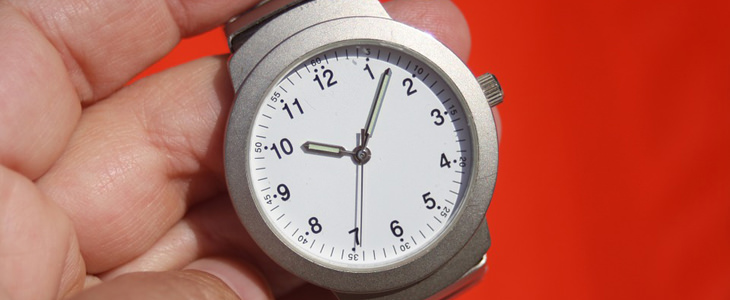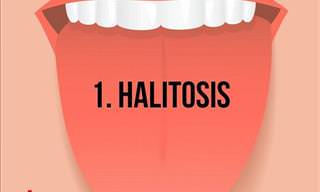If you wake up in the middle of the night with chest pain, your mind might automatically think you're having a heart attack. After all, it’s the number one killer disease in the US. And the number one symptom is the vague term “chest pain”, which can be misleading because it’s not always painful nor always in the chest.
In most cases, people imagine they will have severe chest pain and dismiss the actual symptoms of a heart attack, go back to sleep and suffer one. Below I will discuss the symptoms you will and won’t feel if you are having a heart attack and what you should do, and in which cases you should seek help immediately.
How chest pain from a heart attack feels
The typical pain described is a feeling of tightness, squeezing or heaviness in the chest. The Latin term angina pectoris, meaning sensation in the chest, is a more accurate description. This pain has been described as feeling like a band or weight is being tightened around your chest. The pain is often on the left side and above the bottom ribcage, although it’s often difficult to determine its exact location.
Other typical symptoms include:
• Shortness of breath
• Sweating, nausea, and anxiety
• Pain in the left arm, jaw or neck
What other symptoms might I feel?
 While the typical symptoms are definitely a reason to visit your physician, sometimes people feel less typical pains, which could also indicate that you are having a heart attack.
While the typical symptoms are definitely a reason to visit your physician, sometimes people feel less typical pains, which could also indicate that you are having a heart attack.
• Pain not on the left side – sometimes the pain is located on the right, center or top of the abdomen.
• No pain – some people don’t experience pain and only feel shortness of breath. Research indicates that no chest pain symptoms can occur in 1/3 of people having a heart attack.
• Sharper pain - some people report sharper chest pains or the feeling of indigestion.
How long should the chest pain last?

The next indication of whether you are suffering a heart attack is pain duration. Consider the following 3 factors:
1. Heart-attack-related chest pain comes on over several minutes and not suddenly. Sudden severe pain is a reason for concern, but it is not consistent with angina.
2. The chest pain lasts for at least 5 minutes and doesn’t last continuously for more than 20 to 30 minutes.
3. Pain that comes on during rest, or doesn’t go away after exertion, also indicates a heart attack.
Do I have any of the major risk factors?

Doctors like to consider the risk factors when determining whether your chest pain is a heart attack. They will take high-risk patients with atypical symptoms more seriously than low-risk patients with classic symptoms.
• Age – the risk increases as you age. For men it’s after the age of 40 and for women it’s after the age of 50. It can happen to a younger person, but it’s more unlikely.
• Sex – this is not to say women aren’t affected by heart disease, but the risk for heart attacks is higher for men.
• Genetics – your risk is significantly higher if a member of your immediate family had or has coronary heart disease. The risk is even higher if that family member was a man under 50 or a woman under 60.
• Hypertension, diabetes, and cholesterol – these diseases increase your risk of having a heart attack considerably.
• Smoking – while most people think smoking destroys your lungs (and it does), more smokers die from heart disease. Smoking substantially increases the risk of you having a heart attack.
What it shouldn’t feel like

Some chest pain is not consistent with having a heart attack.
• Sharp and brief pain – stabbing pain that lasts only a few seconds is not coming from the heart.
• Persists for hours – heart attack chest pain will last for 20-30 minutes at the most and typically ends with a heart attack.
• Gets worse with movement – the sort of pain that worsens when pressed on is usually from chest bone or muscle pains and not the heart.
• You can pinpoint the pain with a single finger – heart chest pain tends to be difficult to locate exactly.
If you have a worrying pain, there is no harm in having it checked out. It’s better to have lesser symptoms checked out than to stay at home and actually have a heart attack. If you are high risk, don’t hesitate to have the pain examined. If you are high risk and have the classic symptoms, I advise going to the emergency room or calling an ambulance.
H/T: www.quickanddirtytips.com
Cover image by depositphotos.com
 Go to BabaMail
Go to BabaMail
























































